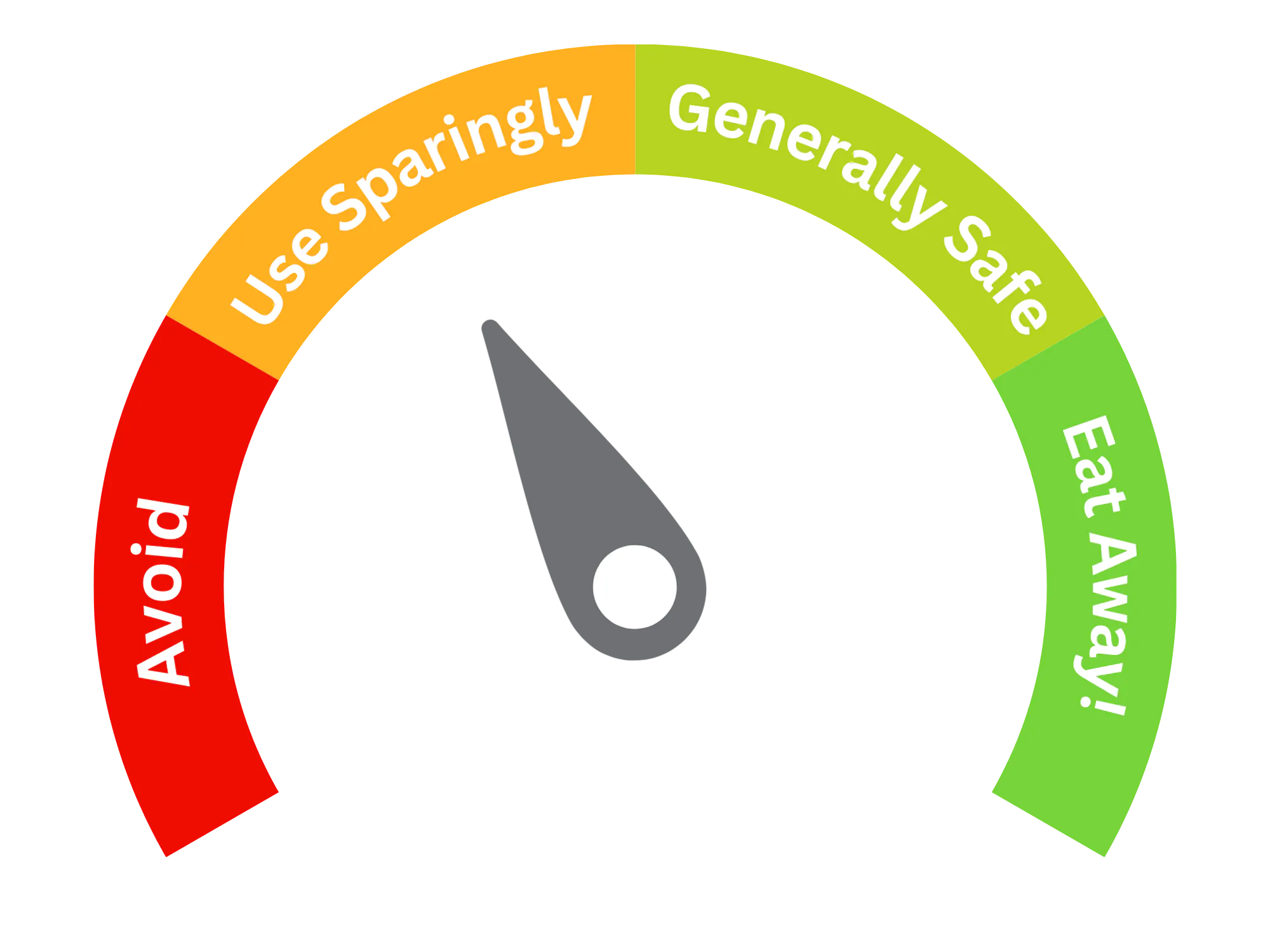Quinoline Yellow WS (E104)
Purpose and Function
Quinoline Yellow WS is a synthetic yellow dye used primarily as a colorant in food products, pharmaceuticals, and cosmetics. Its water-soluble nature makes it versatile for many applications, where it imparts a yellow to greenish-yellow hue. Common uses include:
- Beverages: Soft drinks and flavored water often use quinoline yellow WS for color.
- Candies: It is used to provide a bright yellow color to various confectioneries.
- Processed foods: Found in instant soups, snacks, and sauces to enhance visual appeal.
Outside of the food industry, quinoline yellow WS is also used in pharmaceuticals to color pills and tablets, as well as in cosmetic products like shampoos and lotions.
Potential Risks and Side Effects
Quinoline Yellow WS has been subject to scrutiny over potential health risks, and its safety varies by region. Some key concerns include:
- Allergic reactions: Some individuals may be sensitive to synthetic dyes, including quinoline yellow WS, which can lead to allergic reactions such as skin rashes or asthma.
- Hyperactivity in children: Like other artificial colorants, there have been concerns about the link between quinoline yellow WS and hyperactivity in children. Certain studies have suggested that it may contribute to behavioral issues when consumed in large amounts, especially in combination with other additives.
- Regulatory restrictions: While quinoline yellow WS is approved for use in the European Union (as E104) under controlled limits, it has been banned in several countries, including the United States, due to concerns over its safety.
Despite these risks, quinoline yellow WS is deemed safe by many regulatory authorities when consumed within prescribed limits. However, its use has been questioned, especially in products aimed at children. Further reading

